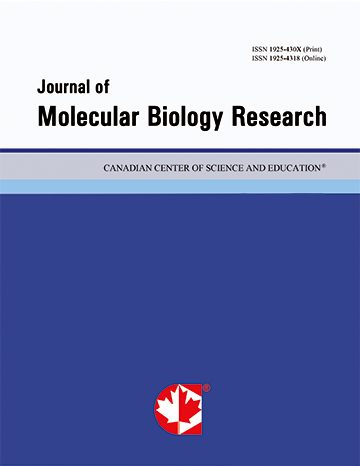Application of the 3'-Untranslated Region of Messenger RNA from Measles Virus Matrix Protein as an RNA Stabilizer: Implications in Pharmaceutical Biotechnology
- Marzieh Marzbany
- Fatemeh Ghassemi
- Mahsa Rasekhian
Abstract
BACKGROUND: The market for the use of recombinant proteins for medical applications has been increasing in recent years. In many cases including fast production of significant amounts of protein for research purposes, transient transfection is the method of choice. In this regard expression vectors are one of the decisive factors in the cost-effectiveness of the production process. The genetic elements found in the 3’untranslated region (UTR) of mRNA expressed by such vectors, play an essential role in determining its stability and thus in the efficiency of the process.
METHODS: In this study, the 3'UTR of matrix protein from the Measles Virus (MV) was used to construct a reporter plasmid containing Enhanced Green Fleurocent Protein (EGFP). The reporter construct was transfected into three cell lines. The effect of 3'UTR on mRNA stability was evaluated by real-time PCR. Secondary structure of the mrna was predicted based on minimum free energy. 3'UTR was analyzed in silico for the presence of binding motifs for trans-acting elements with known effects on RNA stability.
RESULTS: Addition of 3’UTR of MV matrix protein sequence to the 3’ end of the mRNA, increased the EGFP- mRNA stability in time and cell-dependent manner. Analysis for the presence of known cis-acting motifs in 3’UTR indicated the presence of two PABPC1 binding sites, an RNA-binding protein, known for its stability and translation enhancing effects.
CONCLUSION: Our results verified the potential of the 3'UTR region of matrix protein mRNA for improvement of transient recombinant protein production and vector design for mammalian cell hosts.
 PDF
PDF
